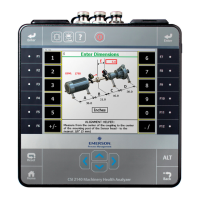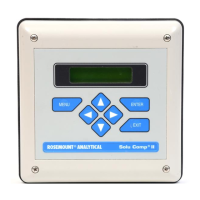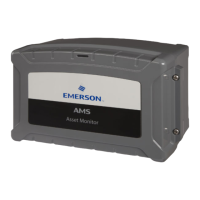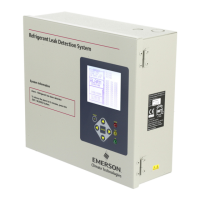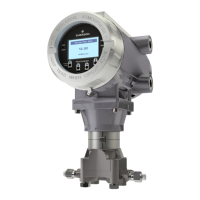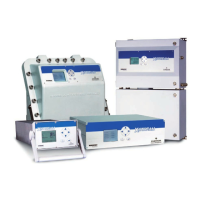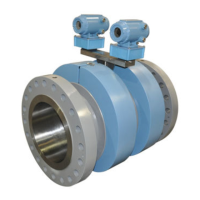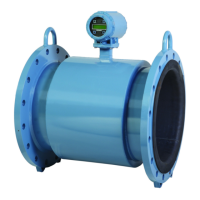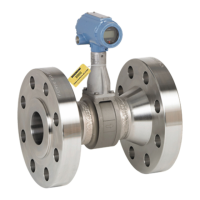Ratio Status
Greater than 8:1 High
Ratio alert is triggered for two sensors close to
90° apart, and the phase change is
approximately 0° or 180°
Resonance Likely
Axial 1xRPM vibration is greater than radial
Note
This is available only in Advanced Balance mode.
Imbalance usually causes higher radial vibration magnitudes at rotational frequency than
axial magnitudes. Overhung rotors may display high axial vibration at 1xRPM.
Misalignment may occur at 1xRPM and can be confused with imbalance. Balancing
reduces the vibration energy at 1xRPM due to imbalance, not 1xRPM vibration energy due
to misalignment.
Although an axial sensor is not common during balancing, it can be useful. If you use both
axial and radial sensors at a measurement plane, the Balance program runs tests and warns
you if these conditions occur.
1xRPM end-to-end phase difference is greater than 40 degrees
Note
This is available only in Advanced Balance mode.
On a two-bearing system, typically the end-to-end horizontal phase difference should be
less than 40 degrees different from the end-to-end vertical phase difference. If the phase is
greater than 40 degrees, the 1xRPM vibration may be from misalignment rather than
imbalance.
If balancing does not resolve the 1xRPM vibration, check the alignment or acquire a
spectrum at the indicated points using the same sensor setup as the job. This
measurement reveals other vibration frequencies.
10.7.4 Trial run
After you complete the reference run, complete one trial run for each weight plane. The
purpose of the trial weight is to determine the effect on the imbalance vectors when a
known weight is added at a known location. Each trial run requires a trial weight on a
weight plane. The analyzer uses the reference run and trial run data to calculate the
balance correction.
To complete a trial run, do the following:
1.
Stop the equipment.
2. Add or remove a trial weight.
Balance
328 MHM-97432 Rev 7
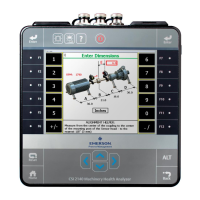
